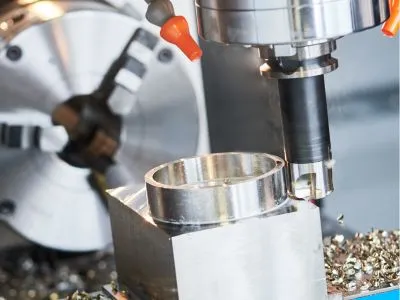Disc Brush Filament
The strength of Nylon Filament generally refers to tensile strength and bending strength. For many Industrial Brushes Bristle, long-term high-intensity work is required, such as: fruit and vegetable polishing brush rollers, glass polishing and cleaning brushes, etc., so the strength requirements for nylon filaments are relatively high.
Nylon Fiber PA6/66/46 and abrasive filament with good wear resistance and not easy to bend and deform, with excellent mechanical strength and impact resistance, low water absorption, good performance in wet water environment, strong wear resistance and bending recovery, It has good bending fatigue resistance and chemical corrosion resistance, and is often used in medical brushes, food and drug brushes, and fruit and vegetable cleaning brushes.
Disc brush filament,Abrasive brush filament,nylon filament PA66,PA46 nylon fiber
Tai Hing Nylon Filament Products Co.,Ltd , https://www.brushfibres.com

 CNC (Computer Numerical Control) machining and prototyping are both essential tools in modern manufacturing. They play different roles but complement each other in the overall production process.
CNC (Computer Numerical Control) machining and prototyping are both essential tools in modern manufacturing. They play different roles but complement each other in the overall production process.